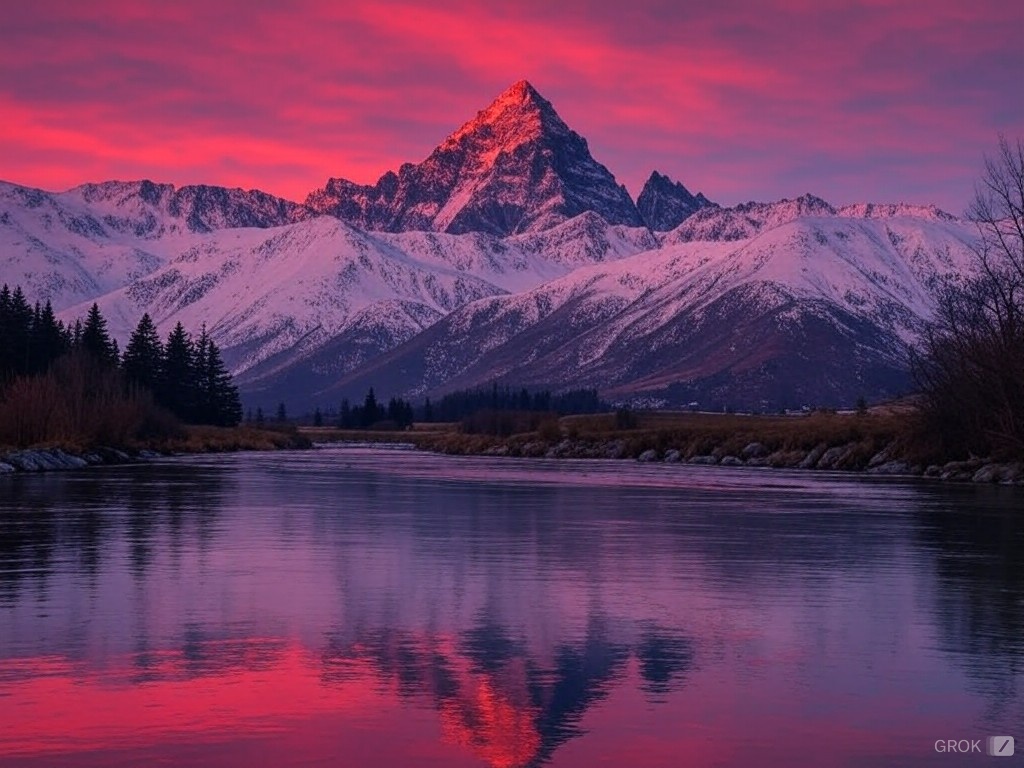Ever found yourself mesmerized by the lush landscapes in a game and wondered, “How do they get it to look so real?” Well, you’re not alone there! I’m Denis M., a passionate 3D Game Level Designer, and today I’m diving deep into one of my absolute favorite aspects of creating immersive gaming environments – terrain design in Unity. Trust me, whether you’re a beginner or seasoned vet, there’s always something new to pick up in this space.
Contents
The Magic Begins with Unity’s Terrain Tools
Unity, ah, our good friend! It literally puts a toolbox in your hands and says, “Go make something awesome!” But here’s a kicker – it’s not just about slapping some textures onto a landscape and calling it a day. No, no, no. It’s about crafting an experience, a world that players can lose themselves in. You get what I mean?
Unity’s Terrain Engine is a powerhouse that allows designers like us to sculpt, paint, and vegetate our digital worlds in a truly intuitive way. Sometimes I think it’s like playing god – shaping mountains here, carving rivers there, planting forests… the whole shebang.
Let’s Talk About Sculpting
Have you ever built a sandcastle? Silly question, right? But imagine that, only a thousand times more sophisticated. With Unity’s terrain sculpting tools, you can raise, lower, smooth, and texture every inch of the landscape to match the vision in your head. And just between you and me, I sometimes get carried away, adding a little hill here, a secret valley there – it’s addictive!
Textures – The Devil’s in the Details
Now, onto texturing! You might hear experts saying, “Textures bring your terrain to life,” and they aren’t kidding. Unity lets you layer these textures to mimic different ground surfaces – from grassy plains to muddy paths. There’s quite a bit of trial and error here, experimenting with combinations and seeing what looks just right. Have you ever thought your terrain looked perfect, only to realize it’s too shiny or just plain flat under different lighting? Been there, done that, learned my lesson.
Don’t Forget the Greenery!
Lastly, what’s a landscape without a bit of green, right? Unity’s terrain engine includes a detail system for adding natural decorations like grass, bushes, and trees. But here’s a tiny secret – the real magic happens when you play around with the density and distribution patterns. You have to get a bit dirty, tweaking settings, adjusting colors, and sometimes… well, just starting over until it feels right. A forest that feels alive, with light peeking through leaves and shadows that dance on the ground – now that’s something that gets gamers talking.
And before you know it, voila! You’ve got yourself a slice of another world. It’s fascinating, really, how you start with a blank canvas and end up with a terrain that has its own mood and story. Makes you feel a bit like a proud parent, doesn’t it?
But hey, let’s not kid ourselves – it’s no walk in the park. Creating compelling, realistic environments requires patience, passion, and a good eye for detail. Sometimes, it feels like the landscape is speaking to you, telling you what it needs to come alive. And other times, it’s more of a wrestling match to get everything looking just right.
Alright, maybe I got a bit carried away there – occupational hazard, I guess! If you’re looking to dive deeper into the world of game level design or have a project that needs a professional touch, why not send a shout out to my inbox? I’m always up for a chat about crafting breathtaking virtual landscapes. Shoot me your thoughts or inquiries over at [email protected], and let’s bring those epic game worlds to life together!
